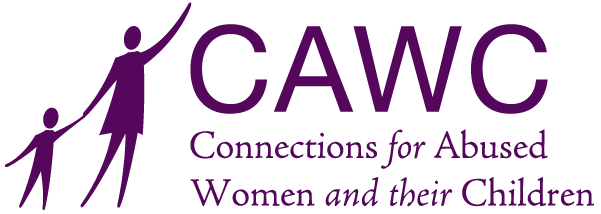The cycle of abuse is a term that refers to the cyclical nature of domestic violence. While specific incidents of domestic violence are usually unexpected, in general, domestic violence often tends to follow predictable patterns.
The Cycle of Abuse (also known as the Power and Control Wheel) outlines a sequence of four phases of abusive behavior.
- Tensions Build. During this phase, strain will build in the relationship, possibly due to external circumstances like finances or other stressors. The abusive partner will become more frustrated and angry, while the person who is the target of abuse may become anxious or try to placate their partner.
- Incident. Eventually, the tension that has built up will culminate in the abuser lashing out. This might take the form of physical and/or emotional abuse, or some other form of domestic violence. Experts note that this phase is usually characterized by the abuser exerting control and power over the other person.
- Reconciliation. In the reconciliation stage, the relationship returns to “normal,” either due to time passing or to actions on the part of the abuser. The abuser might apologize, promise not to hurt their partner again, give gifts, make excuses, or gaslight their partner.
- Calm. This is also sometimes referred to as the honeymoon stage. Both partners may feel close to one another and believe and/or act as if the violence will never be repeated. This phase may last for days, weeks, or months—until something happens that causes tension to begin building once again.
The cycle of abuse provides a framework for understanding abuse. It can also help survivors of domestic violence (or possibly even abusers) to recognize the patterns that have been playing out in their lives—and in doing so, hopefully start them on the path to breaking free.
A Caveat About the Cycle of Abuse
It’s important to remember that the domestic violence cycle of abuse is a model, and as such, it is a simplification of very complex issues. While models are helpful in many ways, they sometimes fall short of accurately portraying real-life relationships and situations. Some incidents of domestic abuse might not fit the model perfectly.
Further, some critics point out that portraying abuse as cyclical can lead to victim blaming, as it implies that domestic violence survivors should have seen it coming or been able to prevent the abuse. It’s important to remember that when it comes to domestic violence (as with many other recurring things in our lives), it’s often hard to recognize larger patterns until we’ve had the benefit of some time, distance, and perspective on them.
At Connections for Abused Women and Their Children (CAWC), we believe that everyone has a right to a life free of violence. Our mission to end domestic violence is rooted in education, service, and advocacy. In addition to working toward broader social change, we provide empowerment-based and trauma-informed support in the form of shelter, counseling, and advocacy to individuals affected by domestic violence and their children. If you or someone you know is struggling with domestic violence, don’t hesitate to call our 24-hour hotline at (773) 278-4566. To support our work, consider volunteering or donating.
